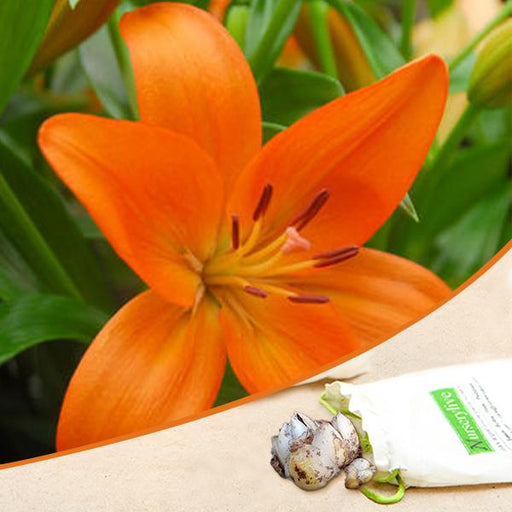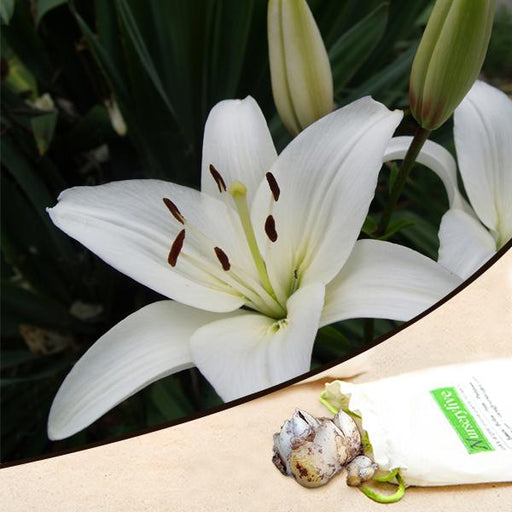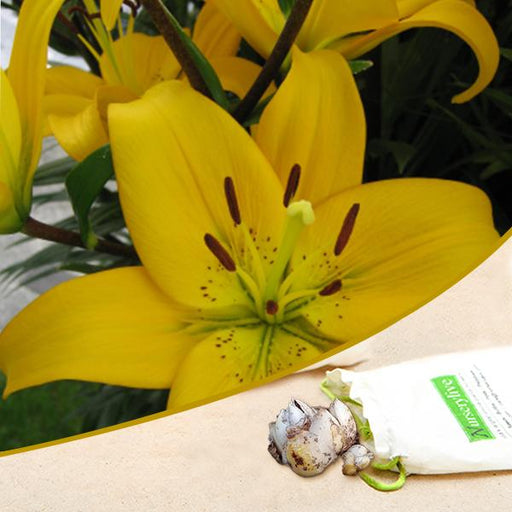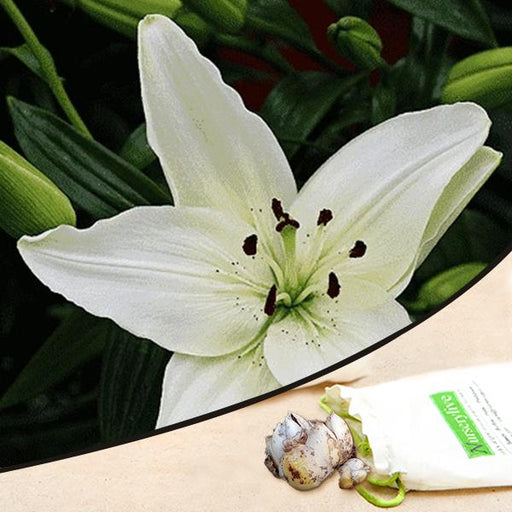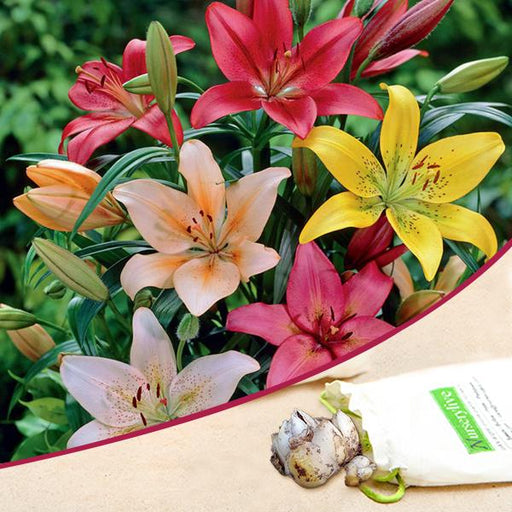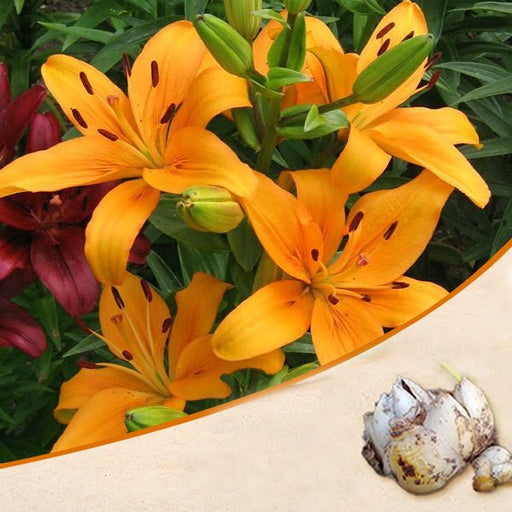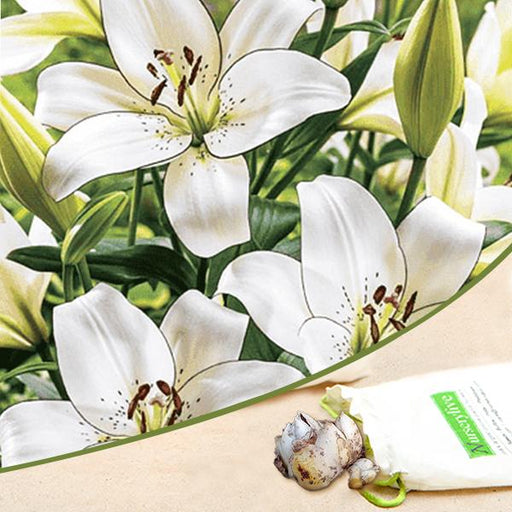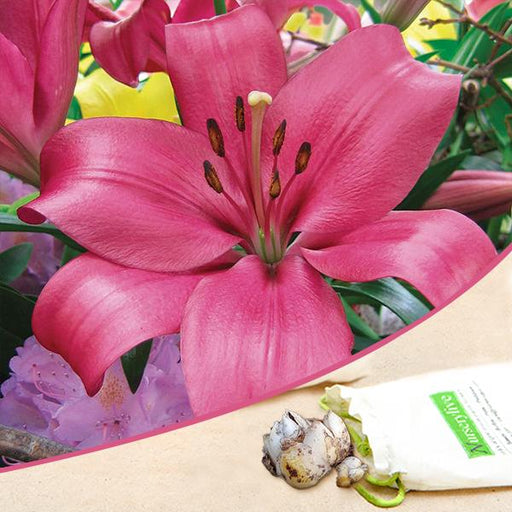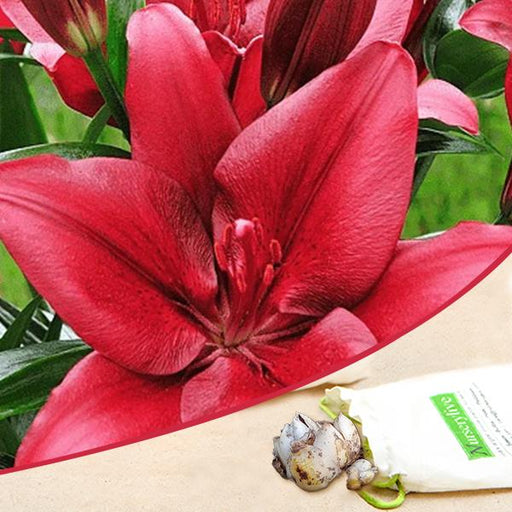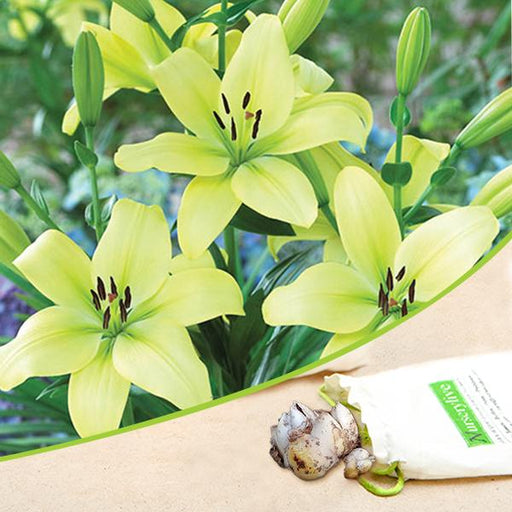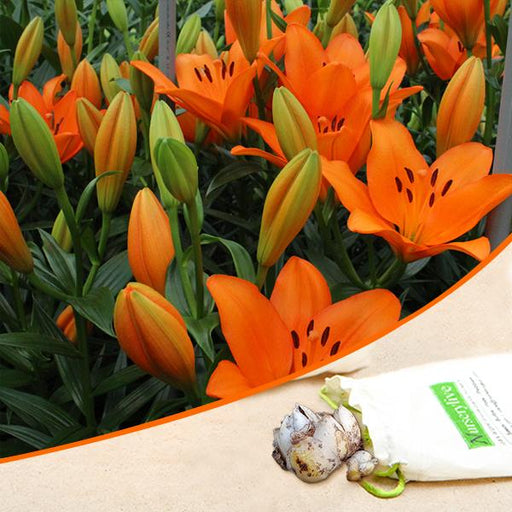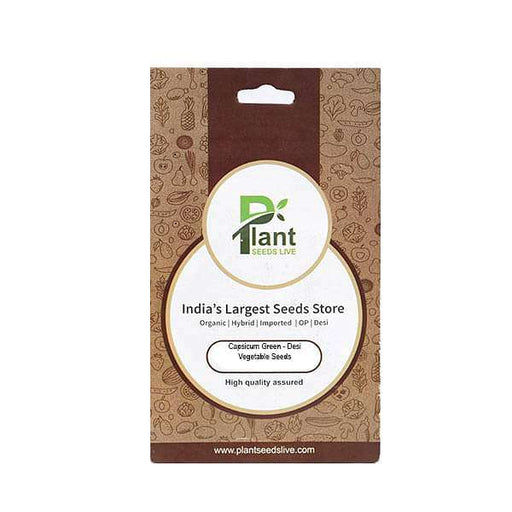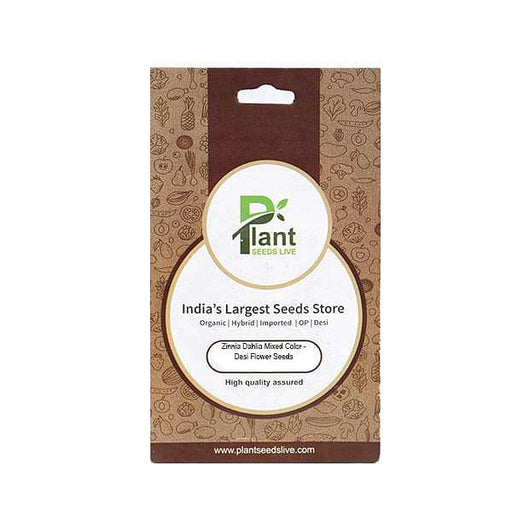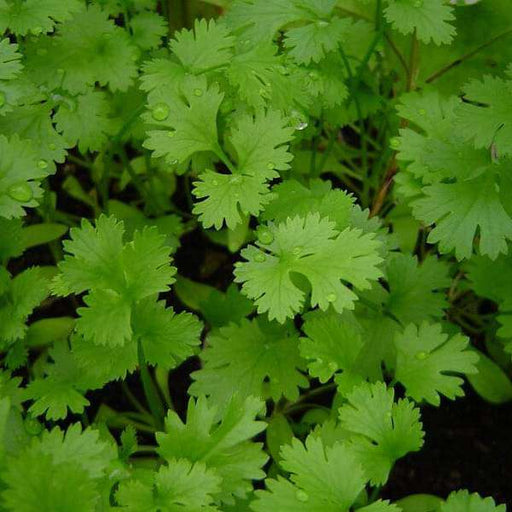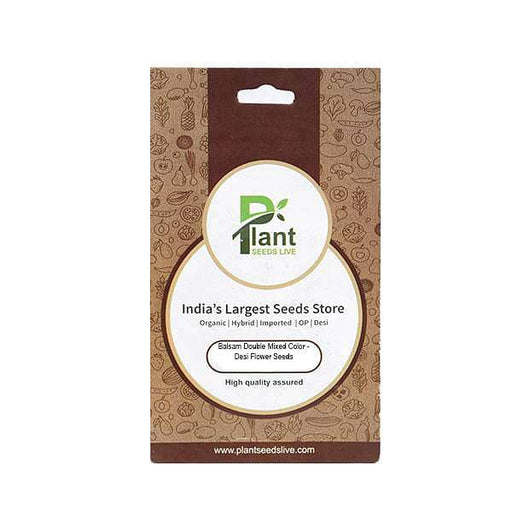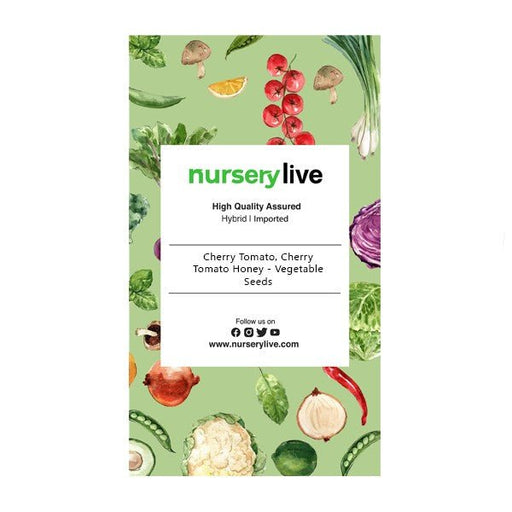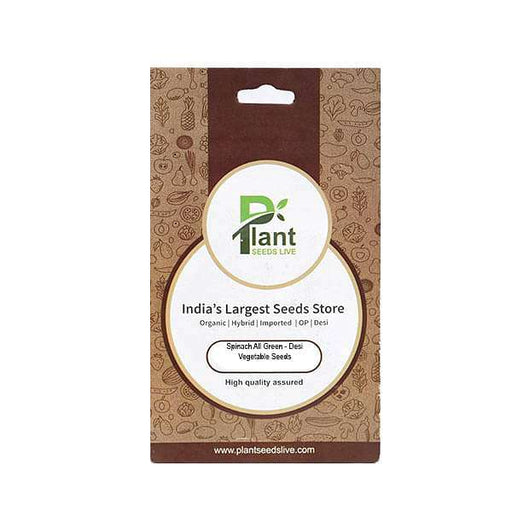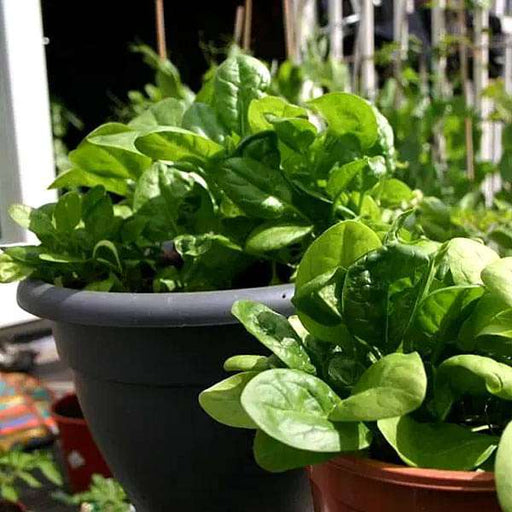Asiatic Lilies Flower Bulbs Vibrant Bloomers
Asiatic lilies are known for their dazzling colors, ranging from fiery oranges to soft pastels. Unlike their heavily scented cousins, these lilies focus on visual appeal, adding a burst of energy to gardens. They’re easy to grow, making them perfect for beginners and floral enthusiasts alike.
Asiatic Lilies Flower Bulbs Low-Maintenance Marvels
If you want a fuss-free flower that rewards you with striking blooms, Asiatic lilies are your best bet. They thrive in various soil conditions, require minimal watering, and bounce back every year. Even if you forget about them, they’ll still show up looking stunning.
Asiatic Lilies Flower Bulbs Compact Beauties
Unlike their towering relatives, Asiatic lilies have a more compact growth habit, making them ideal for smaller gardens. Whether in pots, flower beds, or borders, their bold colors and upright stems ensure they never go unnoticed.
Asiatic Lilies Flower Bulbs Pollinator Magnets
Bees and butterflies can’t resist the vibrant, pollen-rich blooms of Asiatic lilies. Planting them ensures your garden stays lively with fluttering visitors, helping maintain a balanced ecosystem while adding a splash of floral drama.
Asiatic Lilies Flower Bulbs Summer Showstoppers
Blooming just in time for summer, these lilies bring tropical energy to any landscape. Their early-season display ensures your garden bursts into color before other summer flowers take center stage, keeping the floral show alive.
Asiatic Lilies Flower Bulbs Garden Border Stars
Their upright stems and non-flopping blooms make Asiatic lilies a favorite for garden borders. Whether planted in clusters or mixed with perennials, they create a structured, vibrant edge that demands attention.
Asiatic Lilies Flower Bulbs Cut Flower Champions
Want fresh flowers at home? Asiatic lilies are florist favorites because of their long-lasting blooms. Cut them for bouquets, and they’ll stay fresh for up to two weeks, bringing effortless beauty indoors.
Asiatic Lilies Flower Bulbs Color Variety Extravaganza
From deep reds and sunny yellows to speckled pinks and pure whites, Asiatic lilies offer an unmatched range of colors. With so many options, you can create a garden that looks straight out of a painting.
Asiatic Lilies Flower Bulbs Deer and Rabbit Resistant
If furry visitors love snacking on your plants, Asiatic lilies are a safe choice. Their slightly bitter taste makes them unappealing to deer and rabbits, ensuring your flowers stay intact throughout the season.
Asiatic Lilies Flower Bulbs Perennial Powerhouses
Once planted, Asiatic lilies return year after year with even more blooms. With minimal care, they establish themselves as long-term garden favorites, rewarding you with effortless floral displays.
Asiatic Lilies Flower Bulbs Sun-Loving Charmers
These lilies adore the sun and thrive best in well-lit areas. The more sunlight they receive, the more vibrant their blooms become, making them an excellent choice for bright, cheerful gardens.
Asiatic Lilies Flower Bulbs Versatile Landscape Heroes
Whether you want a cottage garden, a structured flower bed, or a potted display, Asiatic lilies fit anywhere. Their adaptability makes them one of the most versatile and rewarding bulbs to grow.


